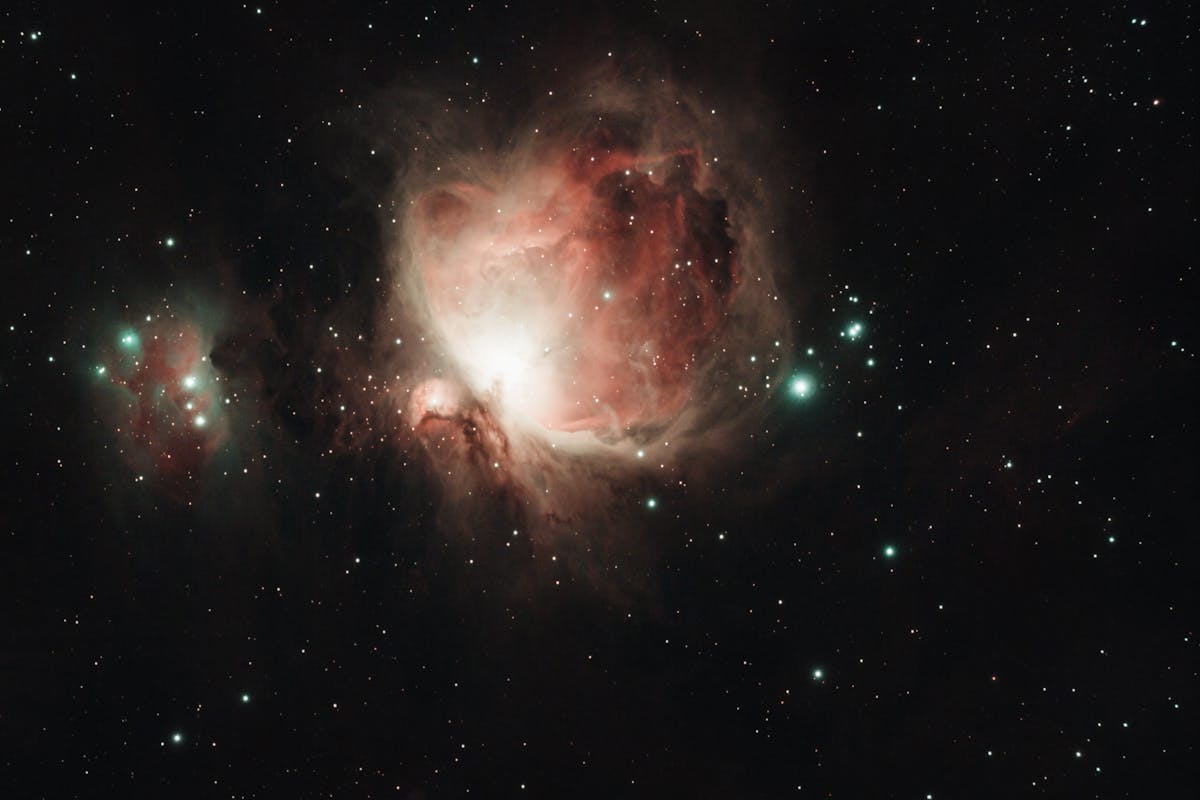
New Dwarf Planet Discovered on the Edge of the Solar System
American scientists have discovered a dwarf planet on the edge of the Solar System.
Frozen rocks located in the Kuiper Belt, beyond Neptune, usually follow an orbit directed in a specific way, and astronomers suggested 20 years ago that this phenomenon could be due to the gravitational pull of a ninth planet, which might be 10 times more massive than Earth, reports BFM TV.
While searching for that planet—whose existence remains a subject of debate—three American astronomers claim to have discovered a new candidate for dwarf planet status.
The object, named 2017 OF201, has a diameter of about 700 kilometers, according to a preliminary study published last week, which has not yet undergone peer review.
It is three times smaller than Pluto, but still large enough to be classified as a dwarf planet, according to the lead author of the study, Xiao Cheng from the Institute for Advanced Study in New Jersey, USA.
It is currently three times farther from Earth than Neptune, but its orbit is extremely elongated and takes it up to 1,600 times the Earth-Sun distance, all the way to the Oort Cloud, on the boundary of the Solar System.
During this 25,000-year-long journey, the object would be visible from Earth only 0.5% of the time—or roughly one century.
"It is already becoming increasingly faint," notes Cheng, who believes that this discovery suggests the existence of "several hundred similar objects with comparable orbits" in the Kuiper Belt.
California amateur astronomer, 23-year-old Sam Dean, tracked this dwarf planet using old datasets.
"OF201 is, in my opinion, probably one of the most interesting discoveries in the outer Solar System in the last 10 years," he said.
After its discovery in 1930, Pluto held the title of the ninth planet in the Solar System for a time, but in 2006 it was reclassified as a dwarf planet, primarily because of its size—being smaller than our Moon.
Today, our system includes four more dwarf planets: Ceres, Eris, Makemake, and Haumea.
When researchers modeled the orbit of 2017 OF201, they found that it does not follow the same pattern as similar objects in the Kuiper Belt, which could challenge the hypothesis of a ninth planet's existence.
This "exceptional discovery" and similar ones mean that "the initial arguments supporting the existence of a ninth planet are becoming weaker," says Samantha Lawler, a researcher from the University of Regina in Canada.





